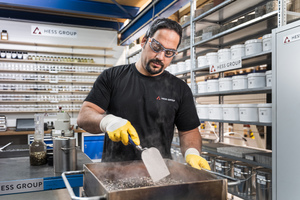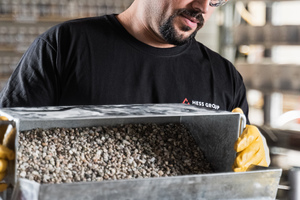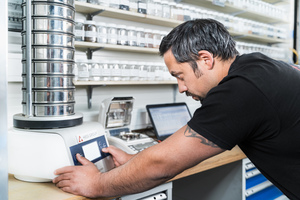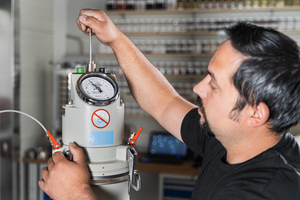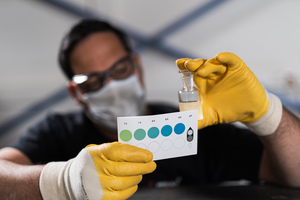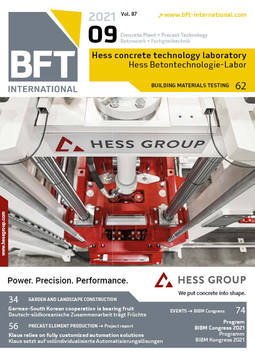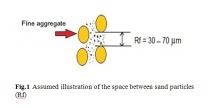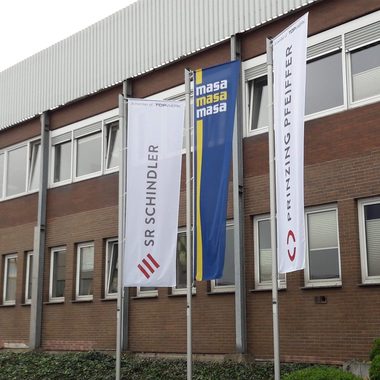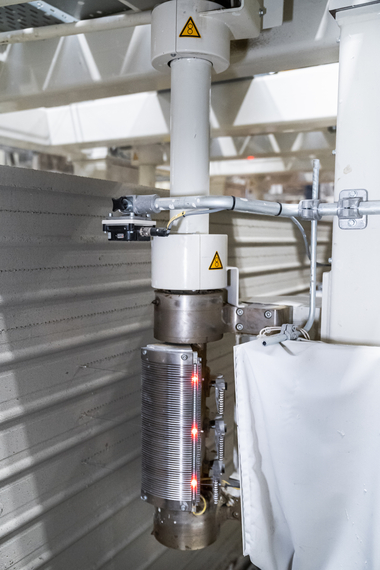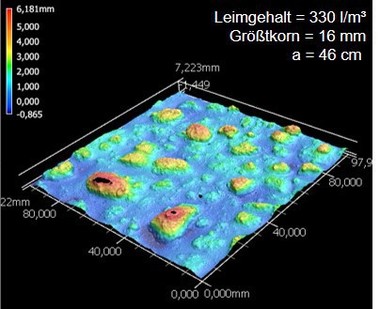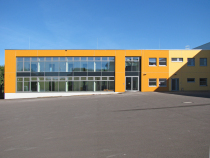Hess concrete technology laboratory extends the analyzing methods
The integration of the concrete technology laboratory into the service portfolio enables the Hess Group to analyze the entire manufacturing process: from the machine settings to the development of an optimum mix design through to training of the customer‘s staff subsequently. Now, the analysis is even more efficient thanks to new methods and equipment.
Irregularities of the product, an increased scrap rate or difficulties in the production process are almost always caused by the material. The analysis and optimization carried out by a professional concrete technology laboratory not only improves the quality of the final product and reduces the manufacturing costs, but may also help improve a long service life of the plant. The integration of the concrete technology laboratory into the service portfolio enables the Hess Group to analyze the entire manufacturing process: from the machine settings to the development of an optimum mix design through to training the customer‘s staff subsequently. Now, the analysis is even more efficient thanks to new methods and equipment.
Key factor material
Cracks and unevenness, lack of compressive strength, delamination of the wearing surface or bad testing results – even large and successful companies experience difficulties in the production process. This does not only lead to increased manufacturing costs and scrap rates. The number of complaints also rises owing to poor quality of the final product. In such cases a professional analysis of the manufacturing process conducted by experts is recommended. „According to my experience, 80% of the problems occurring in block production are due to the material and the calculation of the mix,“ Pavol Dolgos expresses. Having 20 years of expert knowledge as process engineer and concrete technologist, he is aware of the difficulties producers are struggling with and knows that one has to take the entire process into account for an analysis.
Analysis of the entire manufacturing process
Usually, the activities of a concrete technology laboratory are limited to analyzing and optimizing of the mix design. The Hess Laboratory, on the contrary, adapts the mix design to the entire manufacturing process to achieve a sustainable optimization. The experts start with the machine settings and processes on site, then analyze and optimize the concrete samples in the laboratory and finally train the customer‘s staff members regarding the changes. The holistic analysis of the individual manufacturing conditions enables an exact and sustainable optimization of the entire process. The experts of the Hess Group rely on both research and their own know-how. Especially topics with just limited literature, such as semi-dry concrete, require decades of experience in order to obtain an excellent green strength or to avoid lime efflorescence, for example.
Sustainable production by ideal machine settings
The individual balance between recipe and machine settings not only benefits the quality of the end product and thus the reject rate.. The machines and systems themselves can also be reduced in wear and tear. Usually, they are very complex and an optimum calibration saves energy. At the same time, an ideal match between mix design and machine settings increases the service life of the machines if, for example, the required vibration forces can be reduced considerably. For analyzing the entire process, therefore, not only the mixture is taken into account, but also, for example, the mixer and the mixture transport.
Development of an optimum mix design at the concrete technology laboratory
In some cases, the problems can be solved on site directly by setting equipment and machinery, hence improving the quality of the product immediately. In most cases, however, it is advisable to take samples of the aggregates on site for analyzing them at the laboratory in detail. In this way, it is possible to check the compactibility of the concrete, to determine the fines contents and to analyze the mix design. The analysis at the concrete technology laboratory is very complex and, among others, comprises the examination and determination of the following aspects:
grain size distribution and grain density,
water absorption per grain size group,
bulk density,
type and quantity of fines contents,
type and quantity of the sludible components,
substances of organic origin,
aggregates, additives, admixtures and binders.
Attention is paid to how the different values have an influence on each other. Afterwards, the customer is provided with a detailed test report and an optimized mix design.
The Hess Group extends their analyzing methods
The Hess Laboratory is investing time and again in new analyzing technologies and methods. Thus, the company incorporated a so-called air entrainment meter (air void measuring pot) in its methods in 2019. This device enables efficient measuring of the air void content of fresh concrete in accordance with the air pressure compensation principle in the factory directly. Also new is the complex analysis of water on site with the help of a bio-water analysis suitcase (Aquamerck compact laboratory). According to practical experience, the kit is equipped with numerous instruments for professional testing and is still portable. This is of particular importance because the organic and non-organic constituents as well as the degree of hardness can differ considerably depending on the plant‘s location. To a large extent, the globally operating Hess Laboratory, therefore, relies on flexible and transportable technologies and methods which can be directly used at the customer’s site all over the world.
New training courses at the Hess Training Academy
After the analysis, the Hess Group supports the customers with the implementation and controls the subsequent efficiency in the ongoing production process. For ensuring the customer‘s product quality and to reduce the machines wear and tear effectively, the laboratory, moreover, offers training courses for the customer‘s employees to explain the changes that have to be made. In this courses knowledge in respect of process engineering and concrete technology is transferred and combined with practical demonstration in the laboratory.
The Hess Laboratory is integrated in the Training Academy, the participants can do some hands-on work themselves in the courses on concrete technology. In this context, the Hess Training Academy has expanded its training portfolio, offering intensive trainings on concrete technology and process engineering now. If an employee has carried out a screening himself, he has already internalized important details of the concrete composition. The advantage of practical training: relationships and correlations within the day-to-day manufacturing process are easier to understand.
The laboratory of the „concrete professionals“
It takes complex knowledge and sufficient experience to find the origin of material difficulties. Not only know-how in the field of process engineering and concrete technology, but also a sense for everyday practice in manufacturing are required. Therefore, the Hess Laboratory has decided to invest in the analyzing methods of the mix design as well as to support an examination of the remaining manufacturing process. Experience gained over decades have revealed that, above all, the perfect interaction between machine settings, processes on site and the appropriate mix design lead to the best results. Pavol Dolgos is smiling when he thinks of his customers: „The greatest moment of our work is when the customer shakes hands with us at the end, being all smiles, and relieved of a burden, and he knows that he can produce the optimum concrete block now.“

